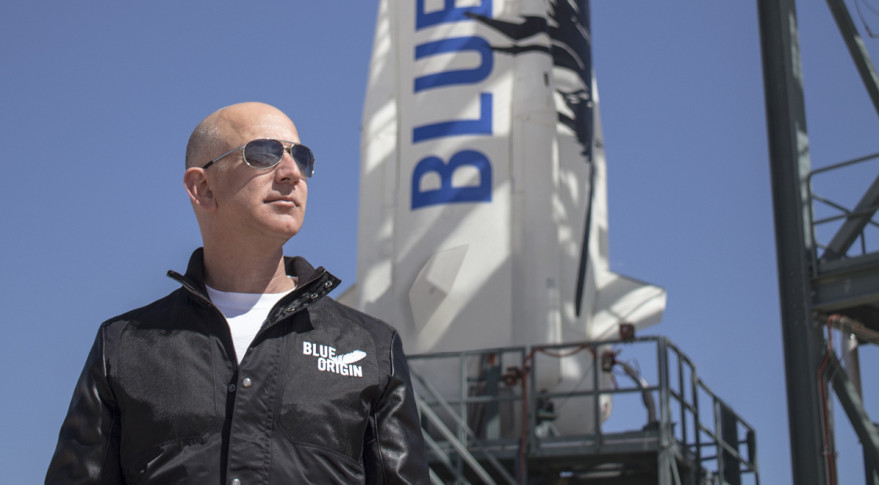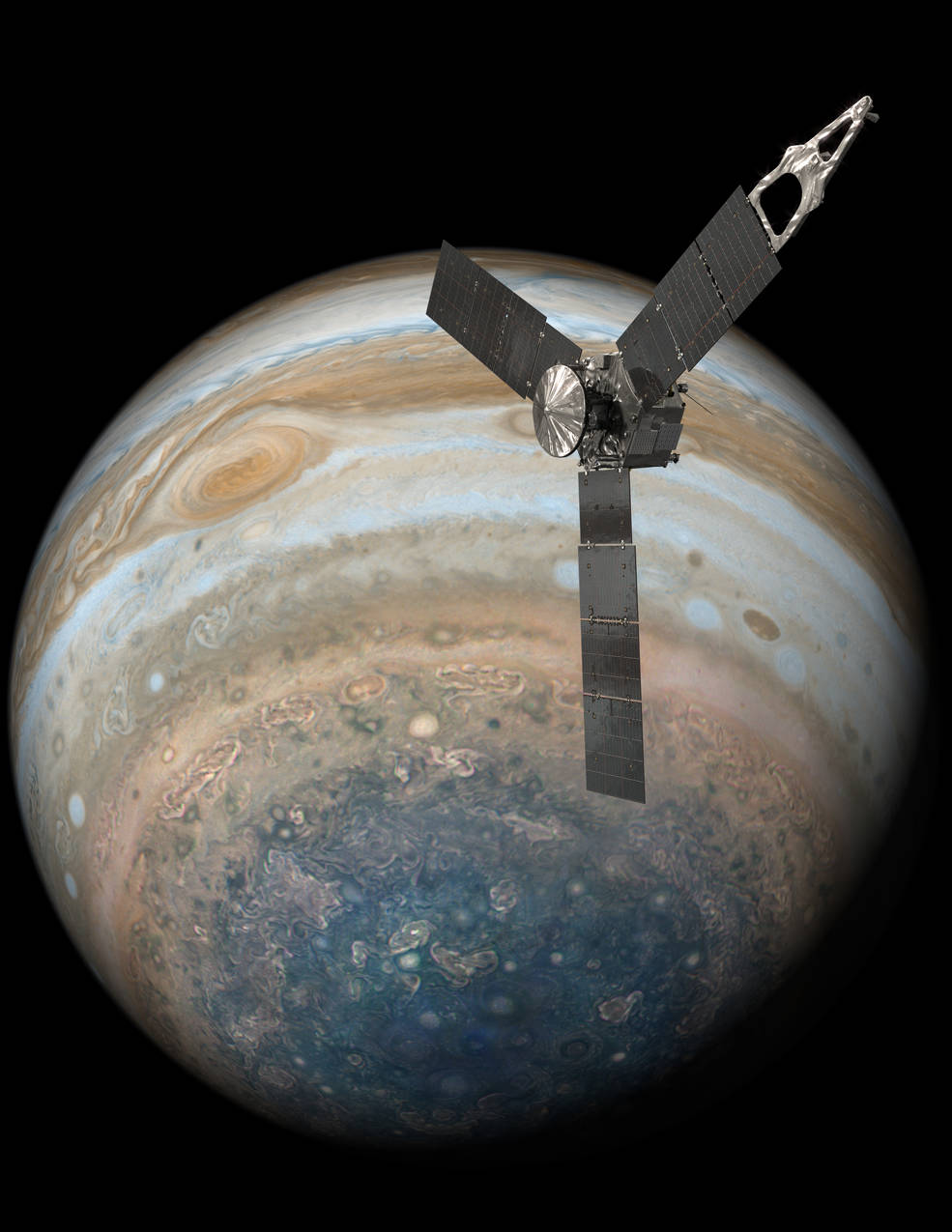Earlier this month, we posted about how Cassini, a spacecraft orbiting around Saturn, would begin her final mission around the gas giant before crashing into the planet in a final blaze of glory. However, despite her mission coming to an end soon, Cassini is still relaying exciting discoveries! Most recently, NASA announced that after sending the probe into plumes of gas emitted by Enceladus, Saturn’s 6th largest moon, they believe that the moon is capable of water-based life.
Essentially, it all boils down to what activity is going on beneath the surface of the moon. Cassini’s dive, which happened back in October of 2015, revealed that underneath the planet’s icy surface is intense hydrothermal activity. This hydrothermal activity means that the moon’s ocean is “energetically habitable” and has “enough chemical energy to support life similar to some microscopic forms of life on Earth,” according to Christopher Glein.
On Earth, these tiny life forms are single-celled organisms, which don’t need oxygen to survive. Instead, they metabolize CO2 and hydrogen to gain energy and release methane as a byproduct. Cassini found enough of these elements in the gas plumes; this indicates to scientists that life might exist on Saturn’s moon! However, it is still up in the air whether or not these microscopic organisms do exist on the moon. Though the evidence suggests that it might, more exploration is needed before life on Enceladus is confirmed. Still, this is an incredibly exciting possibility that has scientists and space lovers’ minds whirling about what the future may hold.
If you’re interested in learning more about the ocean on Enceladus, check out the scientists’ findings in this Science article or NASA’s in-depth review of how the hydrothermal activity may be working to create life.

Written by Staff Writer Becca Brunner
Becca is a recent college graduate who lives in Tampa, Florida. From a young age, she has been fascinated by the stars and how beautiful the universe is. When she’s not writing for our blog, she can be found reading the latest YA novel, catching up on Dr. Who, or just hanging out with friends in coffee shops.
Image Credit: NASA/JPL-Caltech









